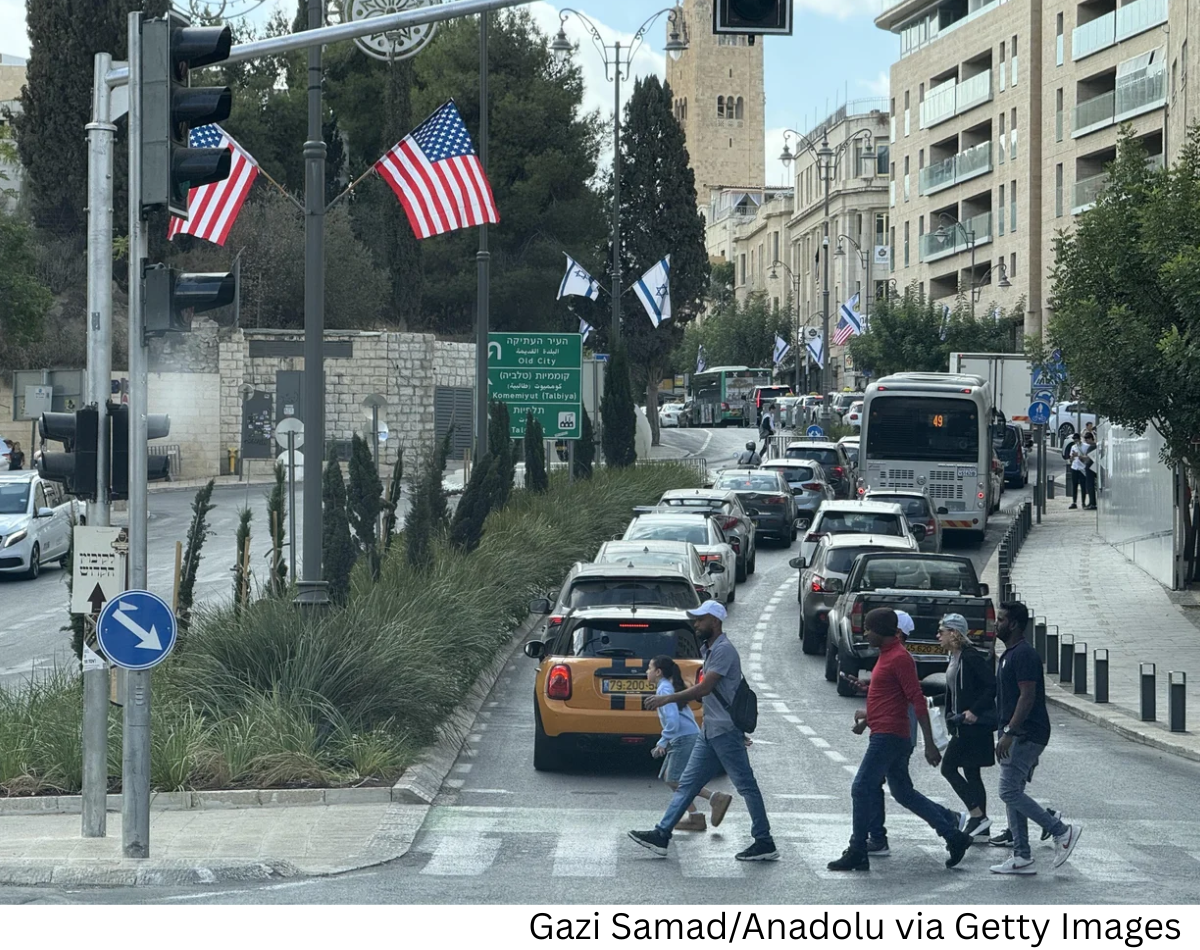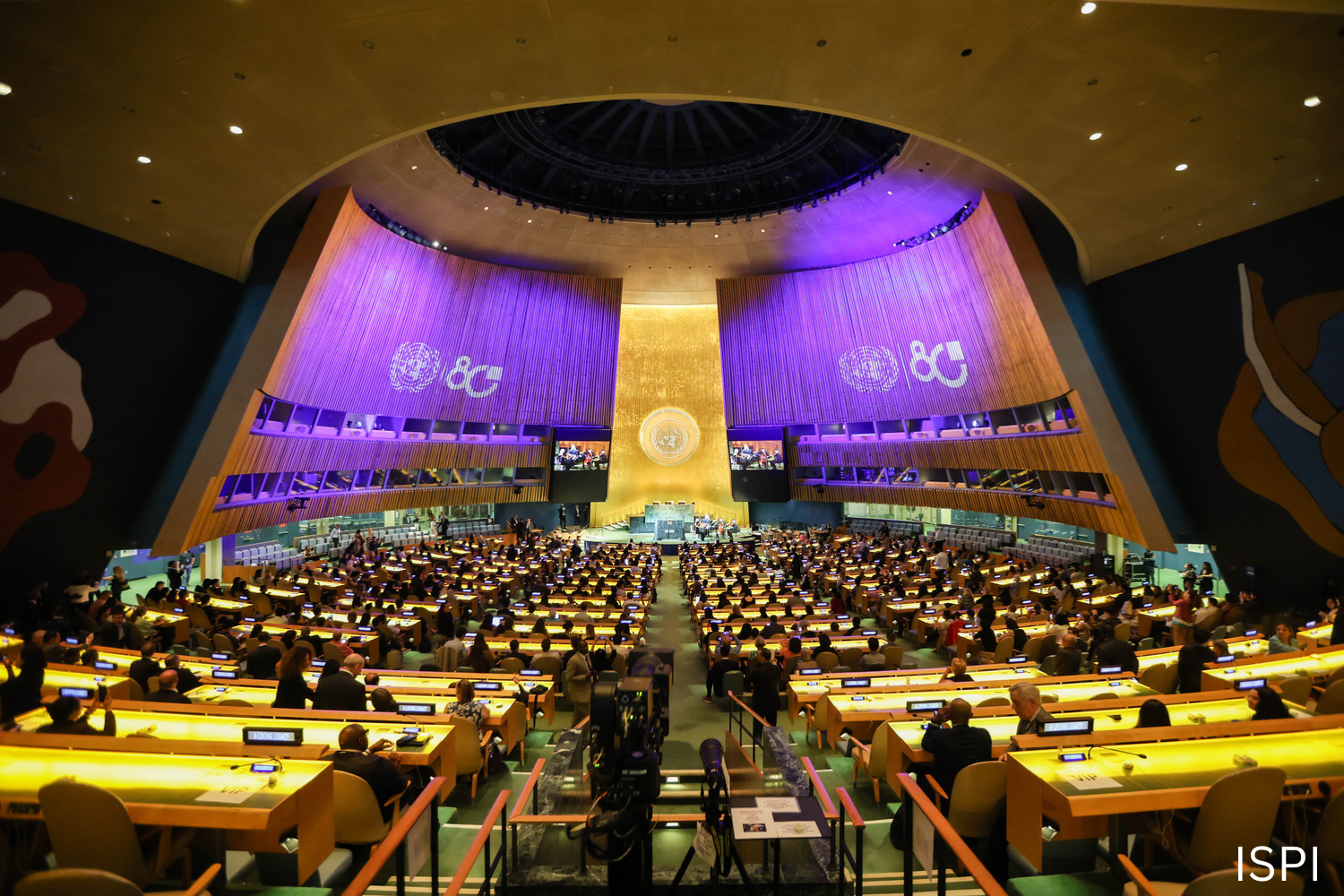Following the recent ceasefire between Israel and Hamas, displaced Palestinians began returning to northern Gaza on Friday, carrying whatever belongings they could salvage from previous evacuations. The movement marks a significant moment for families who were forced to flee during repeated bouts of fighting and military operations.
Streams of residents were seen traveling along Rashid Street, a coastal road that connects the northern and southern parts of Gaza, as they made their way back to neighborhoods that had been evacuated over the past month. Many returned on foot, while others traveled in cars, trucks, or smaller vehicles, illustrating the diversity of circumstances and resources among those displaced.
Devastation Along the Way
Images from Gaza City captured the scale of destruction awaiting returning residents. Entire neighborhoods were flattened, buildings reduced to rubble, and streets filled with debris, underscoring the long road ahead for reconstruction. The scenes painted a stark contrast between the communities’ former vibrancy and the devastation left in the wake of ongoing conflict.
The Israeli military had previously ordered the evacuation of northern Gaza, including Gaza City, as hostilities escalated. Residents fled with little more than the possessions they could carry, leaving behind homes, businesses, and neighborhoods that have now been severely damaged.
Struggles of Returning Families
For many families, the return is a mix of hope and hardship. The journey back involves navigating destroyed streets, finding temporary shelter, and salvaging what remains of their belongings. Displaced residents are confronting both physical destruction and the emotional toll of displacement, loss, and uncertainty.
Humanitarian organizations have warned that immediate support will be critical to help returning families. Food, medical aid, and shelter are urgently needed, particularly as many neighborhoods remain inaccessible due to debris and damage to infrastructure. Organizations like UNICEF and local NGOs have scaled up efforts to deliver supplies and provide temporary relief for those returning to northern Gaza.
The Humanitarian Context
The return of Palestinians to northern Gaza coincides with the initial implementation phase of President Trump’s 20-point peace plan, which includes the ceasefire, release of hostages, and increased humanitarian aid. Tens of thousands of Palestinians have already started returning to areas such as northern Gaza and southern cities like Khan Younis, encountering widespread destruction and limited access to resources.
Aid agencies have emphasized that a ceasefire alone is insufficient without immediate humanitarian intervention. UNICEF spokesperson Tess Ingram stated, “A ceasefire alone is not enough. Yes, it stops the killing and injuring of children, hopefully, but it also needs to ensure a surge of humanitarian aid that begins to address the tremendous damage that has been done over the past two years.”
Rebuilding Lives Amid Ruins
The process of returning home marks the beginning of a long and difficult phase of recovery. Rebuilding homes, infrastructure, and essential services will take months, if not years, and require coordinated efforts from local authorities, international organizations, and donor nations.
Despite the challenges, returning residents are determined to salvage belongings, clear debris, and rebuild their communities. Their return is not only a physical journey but also a symbolic act of resilience, asserting the continuity of their lives and communities even amid devastation.
Looking Ahead
The return of Palestinians to northern Gaza underscores the urgent need for comprehensive reconstruction and ongoing humanitarian support. Alongside immediate relief efforts, long-term planning will be critical to restore essential services, stabilize communities, and create conditions conducive to political dialogue and lasting peace.
As residents navigate destroyed streets and rubble-filled neighborhoods, their efforts highlight both the human cost of conflict and the resilience of those who seek to rebuild their lives in the face of overwhelming challenges. Coordinated international support, security stabilization, and sustained humanitarian aid will be vital in helping Gaza recover from the immediate impacts of war and prepare for future stability.




.png)

.png)

